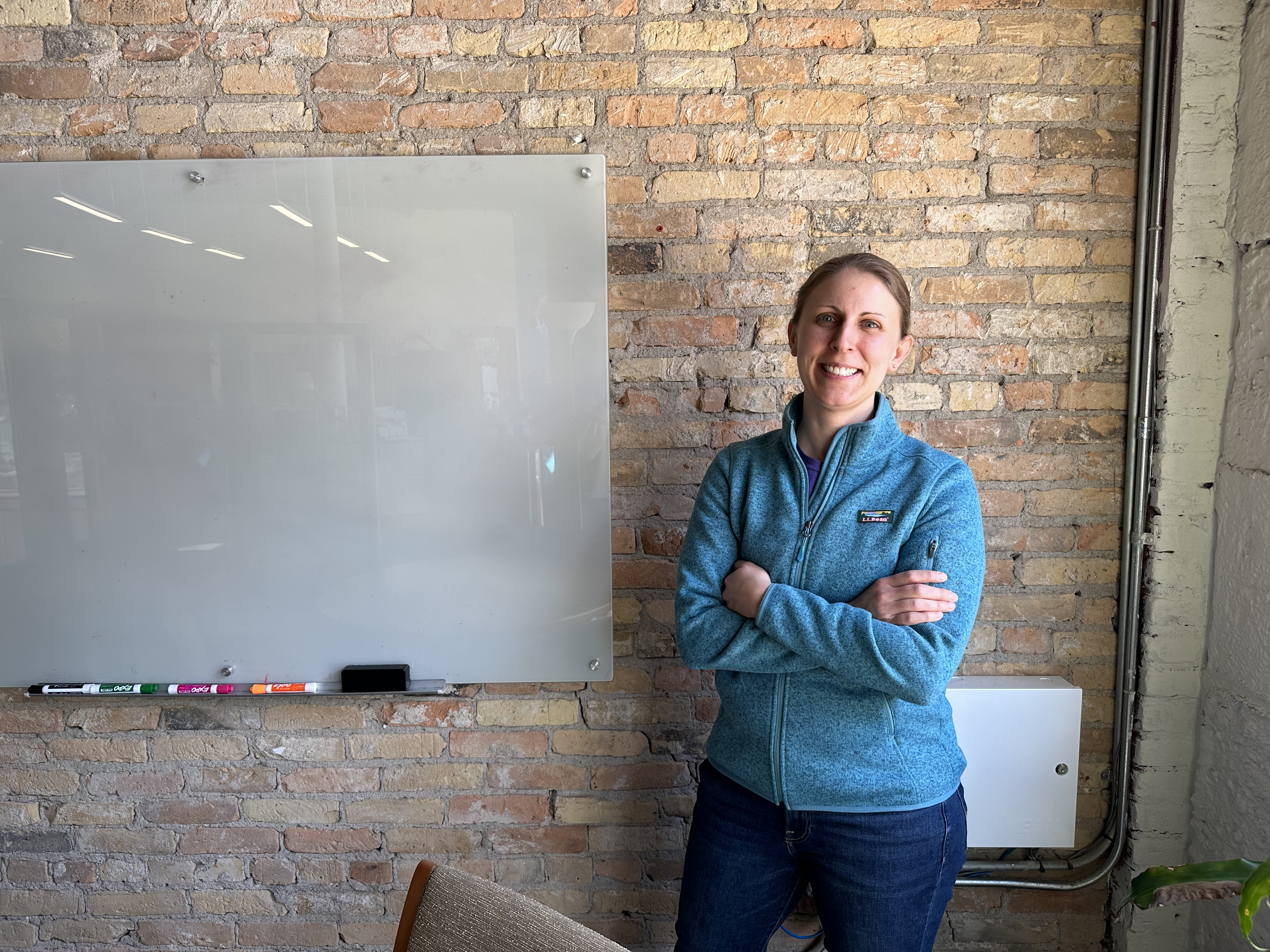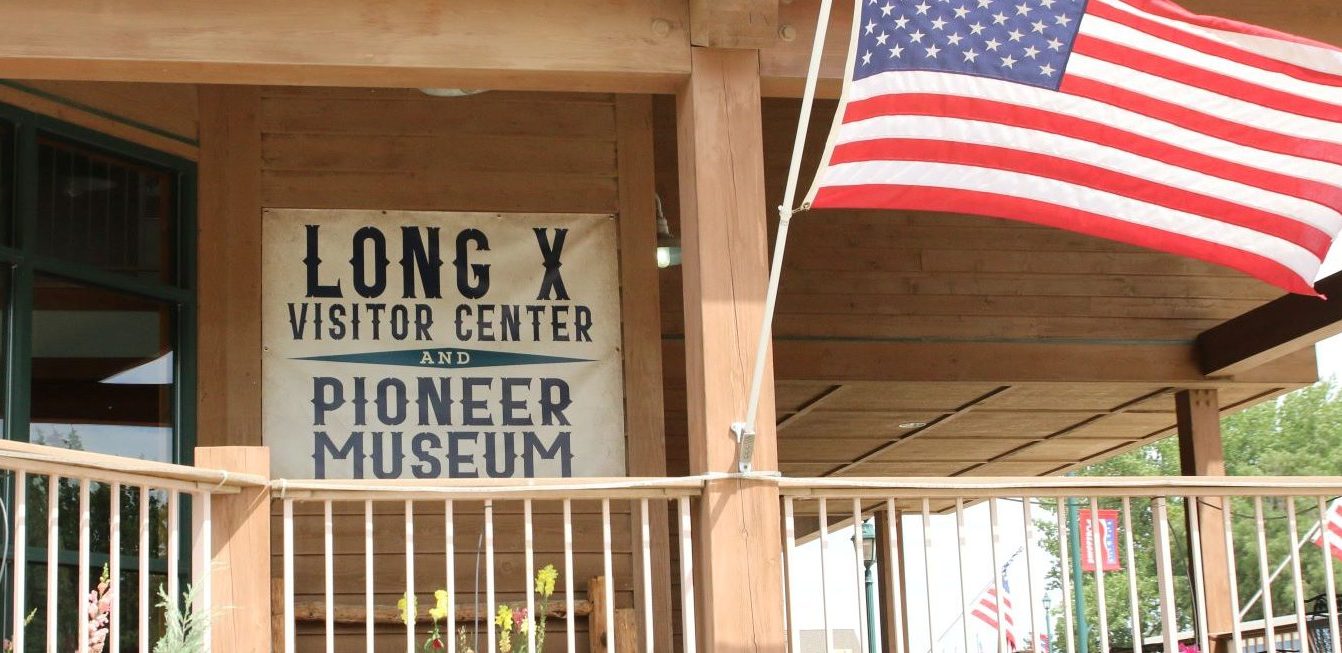 Burian & Associates welcomes Dani Prelip to its Grand Forks office as the Director of Research and Planning. Dani is a detail oriented, analytically minded, strong communicator who enjoys technical research and data analysis. Her educational background and previous work experiences have provided her with immense knowledge and engagement in challenging environments and high visibility projects.
Burian & Associates welcomes Dani Prelip to its Grand Forks office as the Director of Research and Planning. Dani is a detail oriented, analytically minded, strong communicator who enjoys technical research and data analysis. Her educational background and previous work experiences have provided her with immense knowledge and engagement in challenging environments and high visibility projects.
Dani has an undergraduate degree in Cultural Studies, a Master of Arts in Geography with a Graduate Certificate in GIS, and a Master of Science and Technology Intelligence.
Dani has 16 years of experience with the U.S. Navy and is currently serving as a reservist. During her time, she twice deployed to the middle east in support of U.S. Contingency Operations. Additionally, she has several years of program management experience having worked as an Information Management Technical Specialist, and 2-years of undergraduate teaching experience.
Dani completed graduate research on Arctic and non-Arctic states’ pursuit of, and access to, the Northern Sea Route as an alternative to the Suez and Panama Canals for international shipping operations. Applying her Geographic Information Systems knowledge, she used Arctic bathymetric data to create a 3-dimensional visualization of the Northern Sea Route during summer ice-extent lows to identify passage opportunities for standard icebreaker ships. She also conducted extensive historical research on the geopolitical issues associated with the opening of the Northern Sea Route, and what affect the new passage opening would have on Suez Canal operations.
Our president and CEO, Steve Burian, stated “We are excited for Dani to use her unique talents and diverse experience to help serve our clients and communities.”
“I am excited to join the Burian & Associates team. I look forward to applying my skills to the unique challenges associated with local and regional community projects. My goal is to provide customers with meaningful, well-researched insights and guidance that ensure productive, sustainable improvements and development,” Dani said. She is an excellent addition to the team and will make a strong impact at Burian & Associates.







